
Developing human resources, perfecting synchronous institutions, and building an infrastructure system are identified as three strategic breakthroughs for our country to build and develop. It is estimated that each year, the domestic semiconductor industry needs about 10,000 engineers, of which high-quality human resources are lacking about 80%.


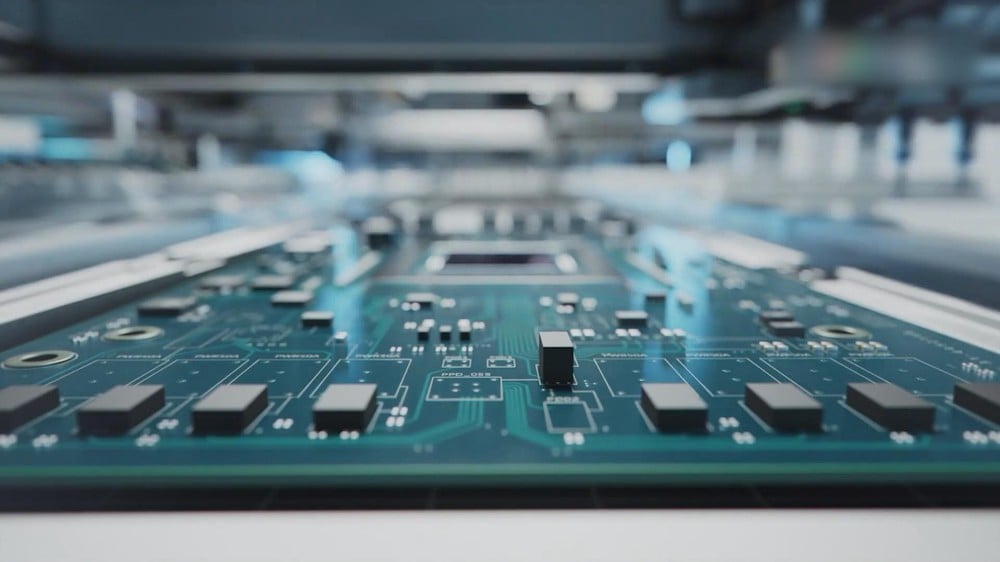
The "problem" of the quantity of high-quality human resources to serve the breakthrough development of Ho Chi Minh City in the new era - the era of national development is in urgent need of a solution.
In the field of artificial intelligence (AI), information from a number of research units shows that Vietnam has about 700 people working in-depth in this field, but of which there are only about 300 experts - a very small number compared to the needs of businesses.

The current situation of these two "key" industries is an example of the serious shortage of human resources for the new stage, with high productivity, creativity and competitiveness. While businesses are accelerating to find people, the labor market seems to be still standing still. Businesses are still "thirsty" for high-quality human resources.
Nothing can be done without people. Human resources are being built by corporations in many ways.
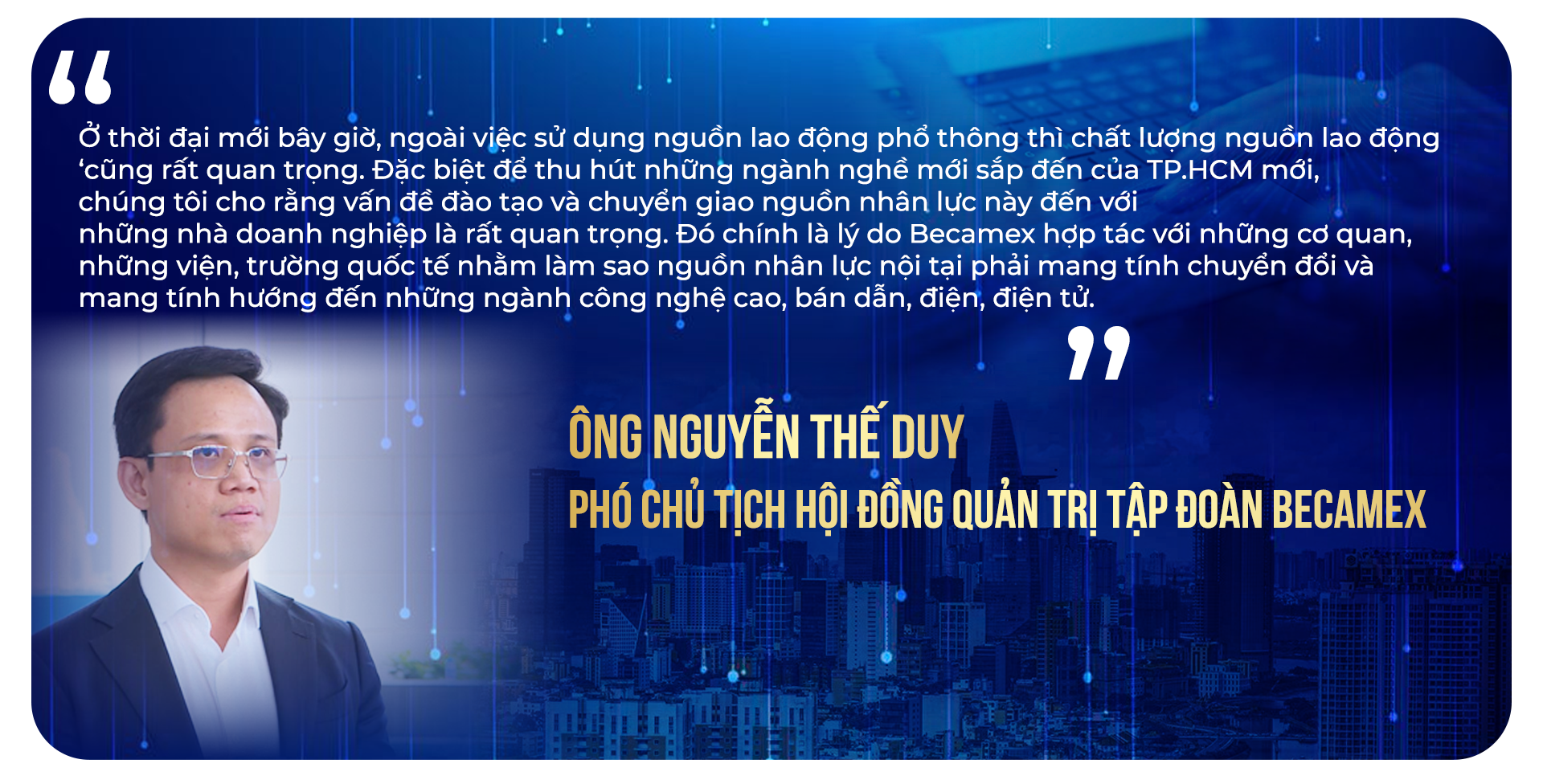
Ho Chi Minh City currently needs an average of 70,000 IT workers per year. Meanwhile, the university and college system can only train about 30,000 - 35,000 people, and not everyone meets practical requirements.
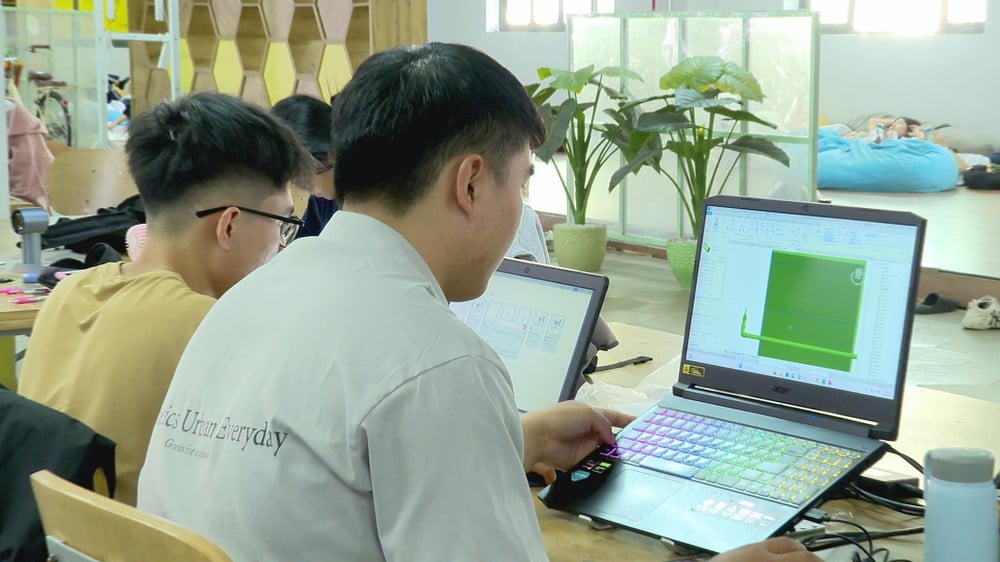
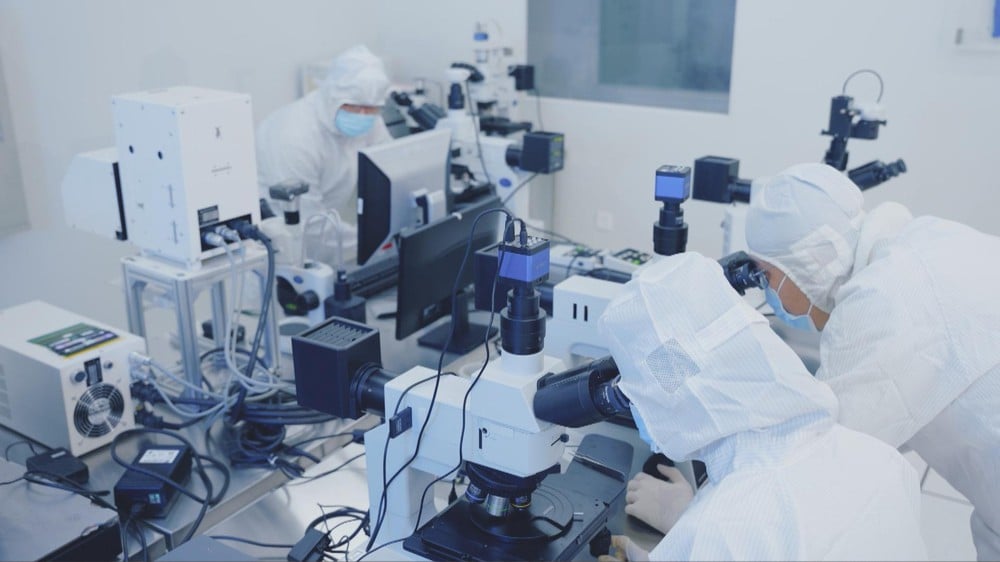
"Supply cannot meet demand" is a common situation that businesses in Ho Chi Minh City face when the number of high-quality human resources is at a low level.
According to Mr. Phan Phuong Tung - Director of the Ho Chi Minh City Digital Transformation Support and Consulting Center (DXCenter), one of the driving forces to develop and attract high-quality resources will be similar to some activities related to investment attraction. Attracting foreign investment capital as well as attracting high-quality human resources from abroad or from within the country will have some content related to policies supported by the State, but it is still not enough.
Human resources are the "key" for businesses to open the door to sustainable development in the ever-changing world of technology. High-quality human resources are still a "gap" in a market that increasingly requires constant updating and fierce competition.

Attracting high-quality human resources is similar to attracting capital. However, policies are still not enough. This is one of many barriers that still limit Vietnam in inviting leading experts and scientists to work. A good and suitable policy does not only require attractive salaries, but also many other important factors.
The success of the VNU350 program in attracting, retaining and developing outstanding young scientists and leading scientists of Ho Chi Minh City National University (HCMUT) has proven that. In just one and a half years, the program has attracted 49 PhDs from abroad to return to work in the country. In addition, HCMCUT has also invited 49 leading professors from around the world to come and lecture.
Aiming to recruit 350 leading scientists, what makes the VNU350 program different is its attractive remuneration policy, professional research environment and thoughtful support in administrative procedures. Through that, VNU-HCM has created an "ideal playground" for scientists.
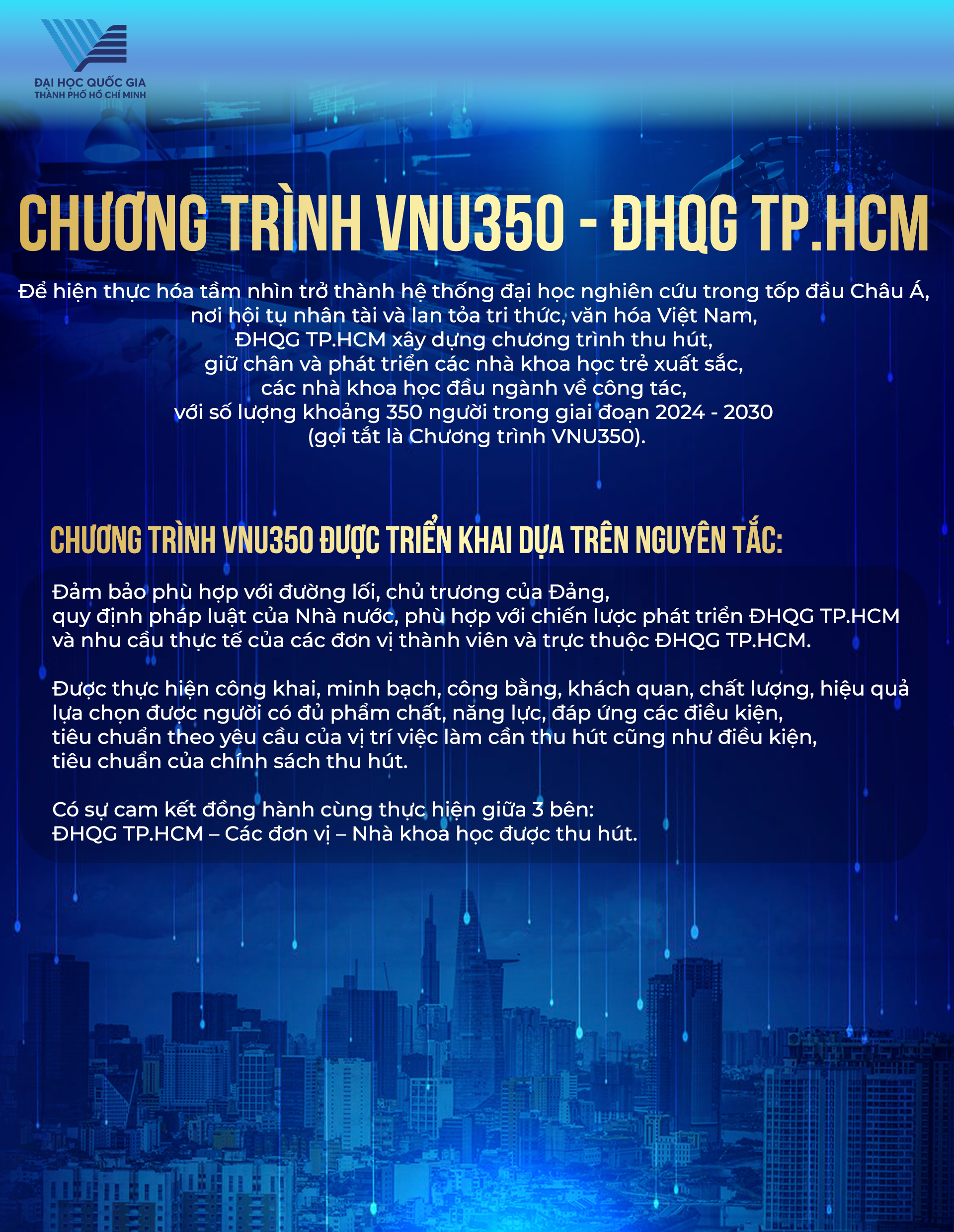
Also a case of returning to work in the country through the VNU350 program, Dr. Truong Ngoc Cuong (University of Technology, VNU-HCM) shared that he quickly integrated and is currently working with his colleagues on a number of projects on developing legal solutions to optimize small and medium-sized mechanical manufacturing plants in Vietnam.
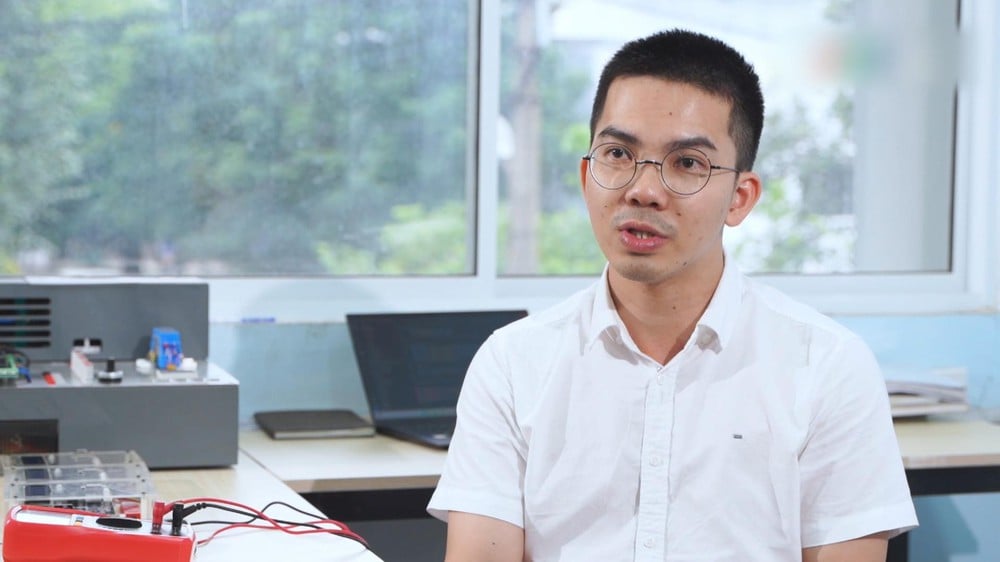
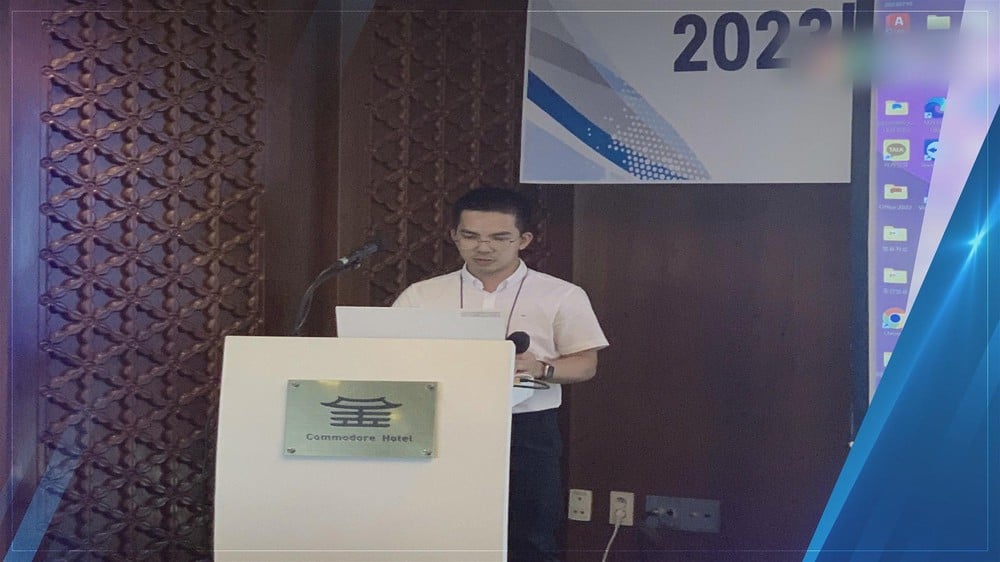
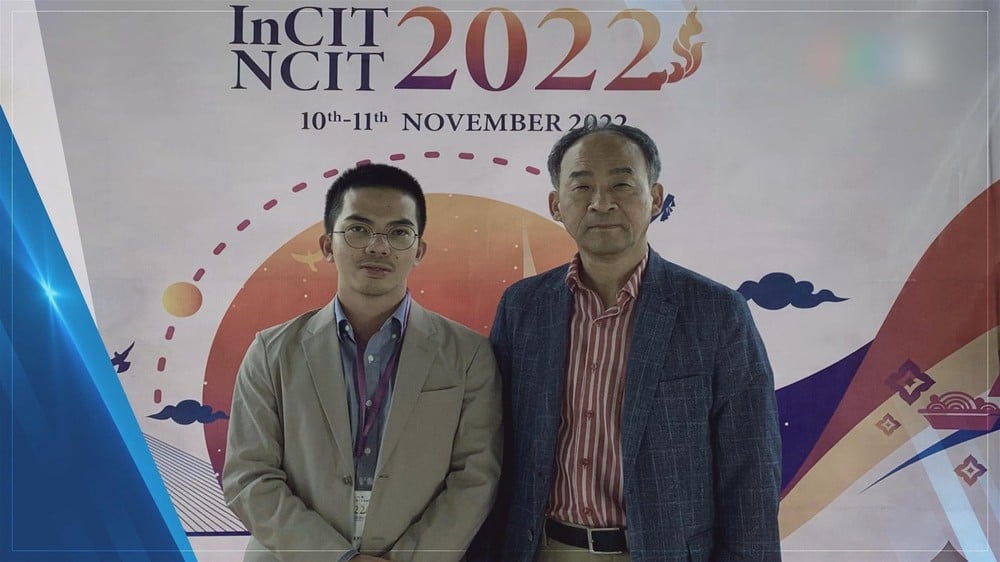
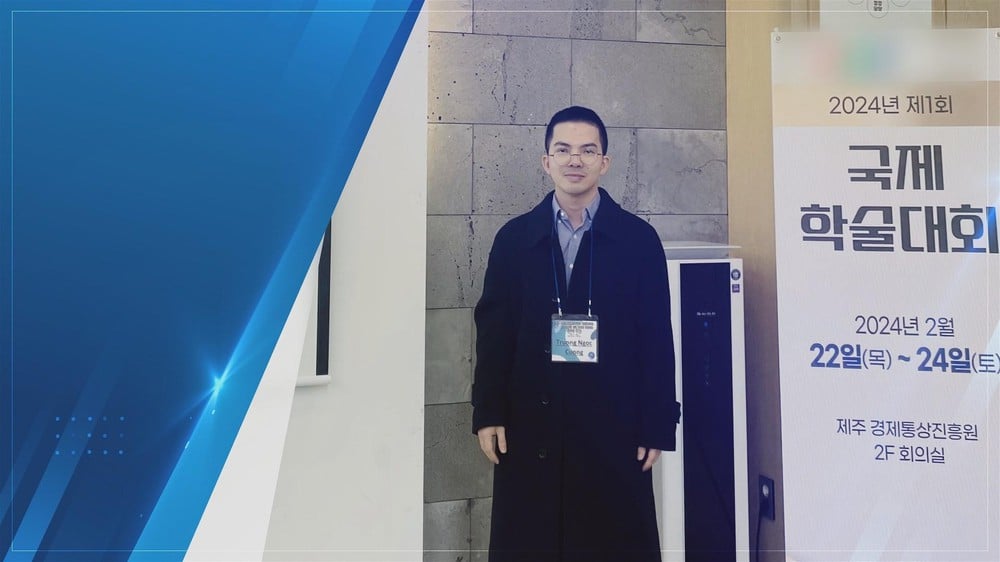
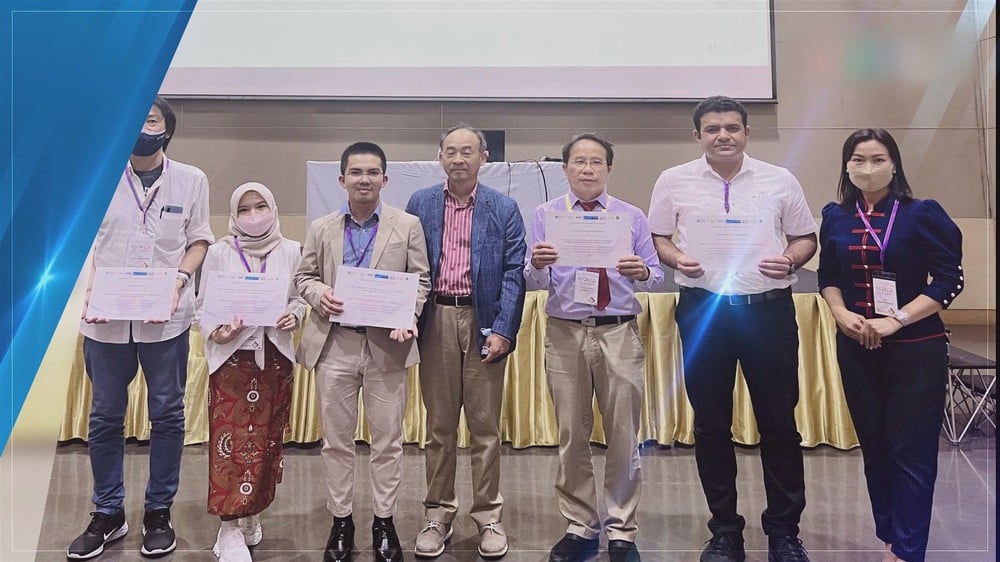
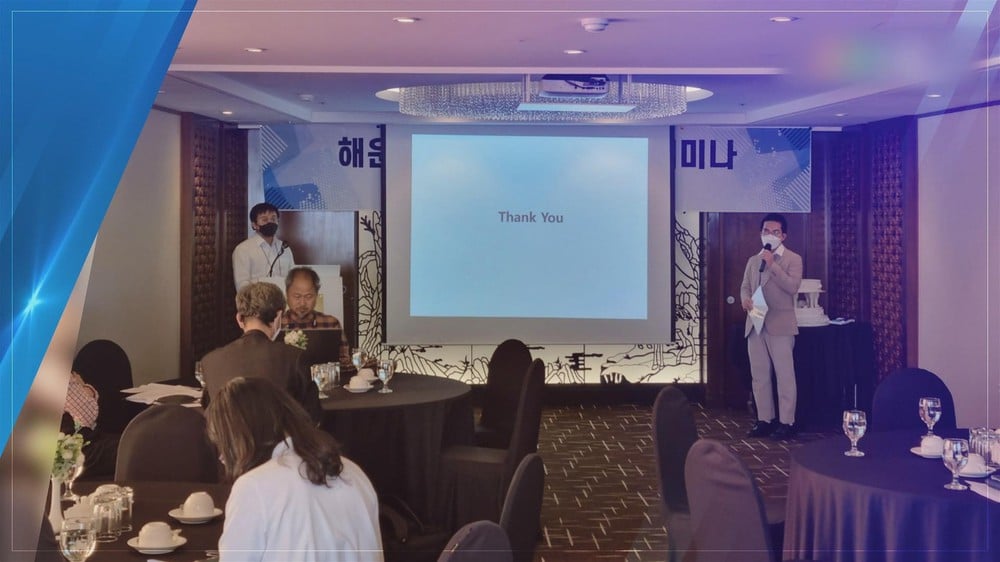
Dr. Truong Ngoc Cuong (University of Technology, VNU-HCM) has returned to Vietnam to contribute to the country's scientific career through the VNU350 program.
In addition, Dr. Ngoc Cuong also participates in a number of digitalization projects with teachers in the department at the school. Not only does he stop at research in Vietnam, but he also maintains connections in collaborative research with research groups and professors in Korea. According to him, the ultimate common goal is not only to create high-quality scientific publications but also to be able to transfer technology.
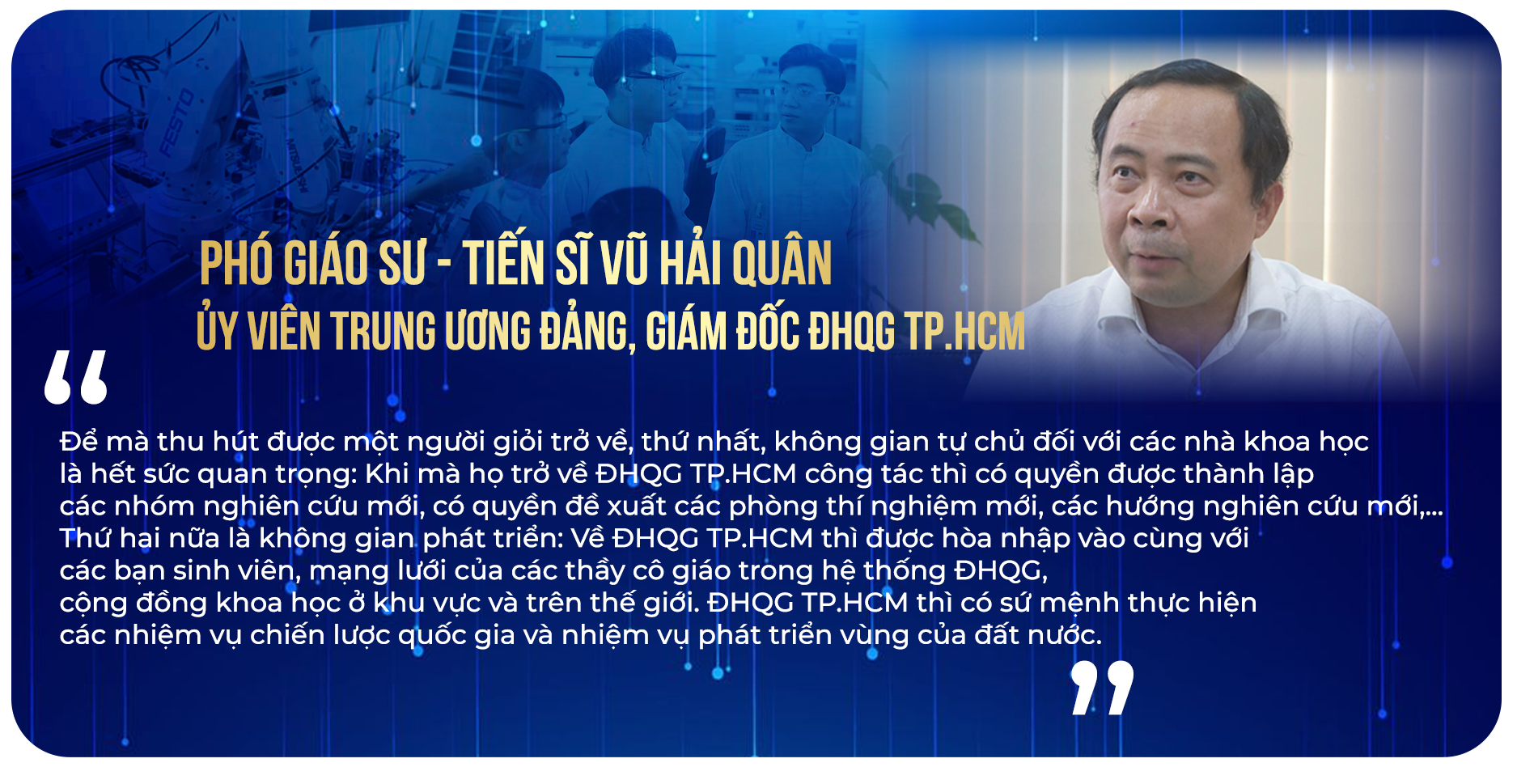
According to the Director of VNU-HCM, right in the city, VNU-HCM still receives many problems and issues that need to be solved. When scientists participate in solving those problems, they will contribute to the development of the city in particular and the country in general.
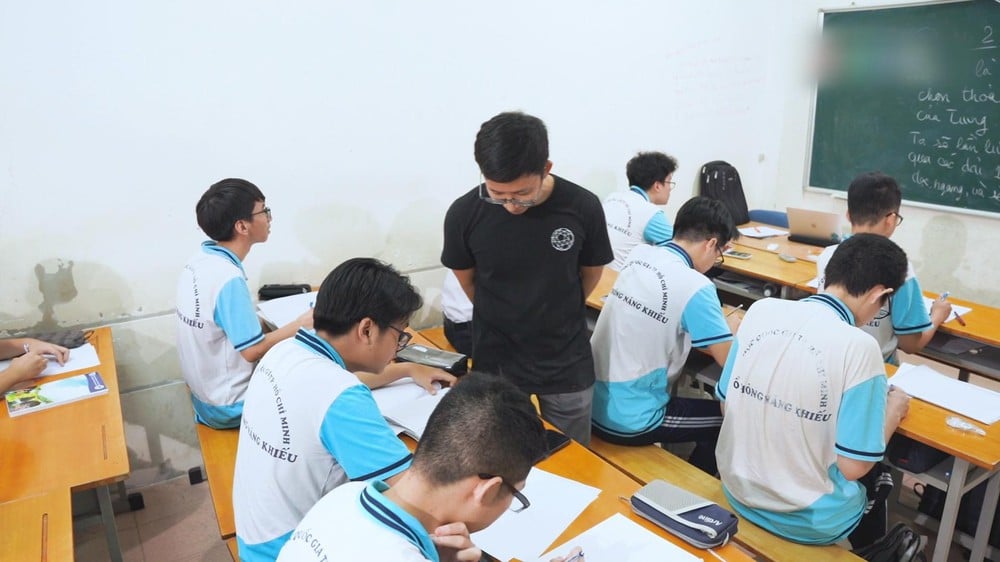
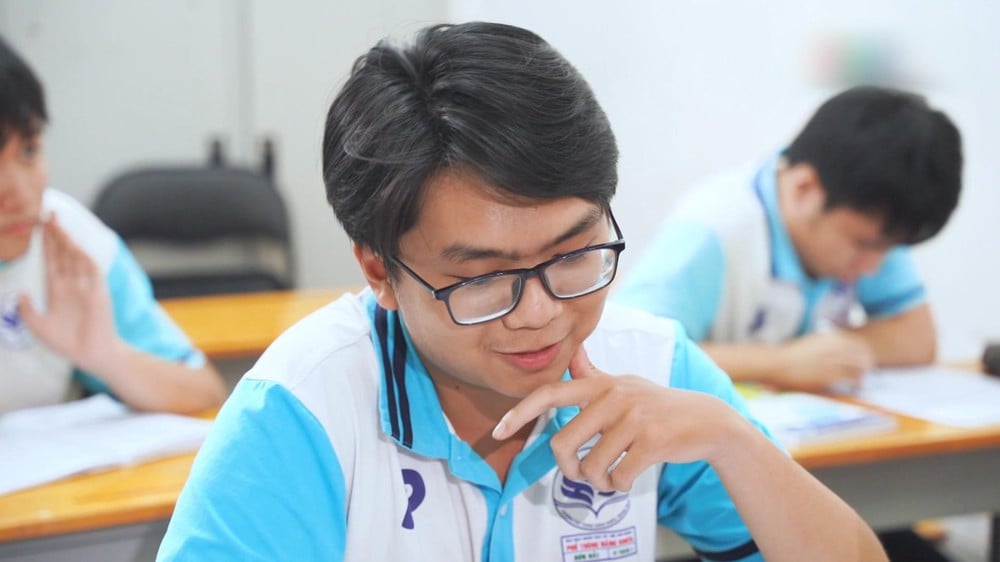
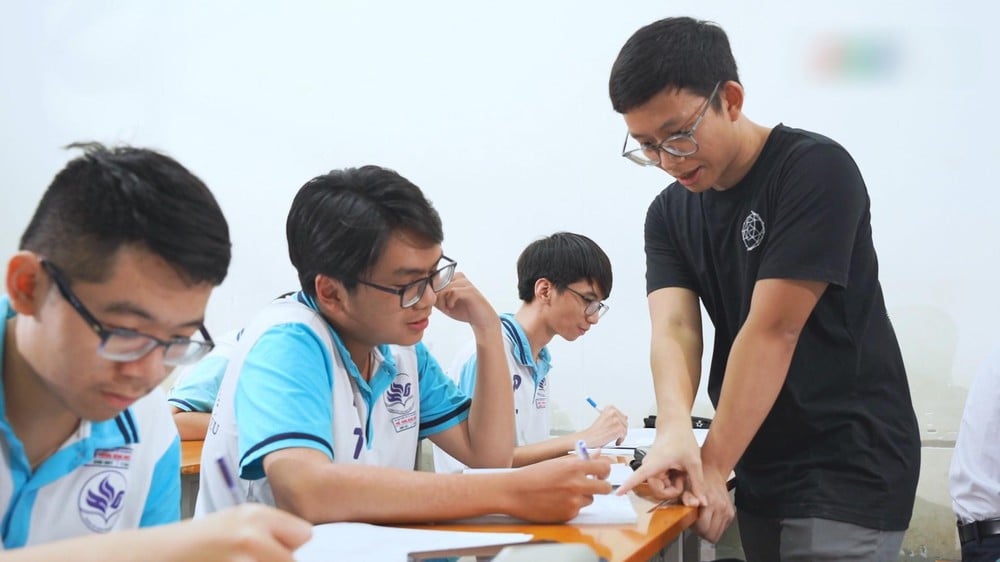
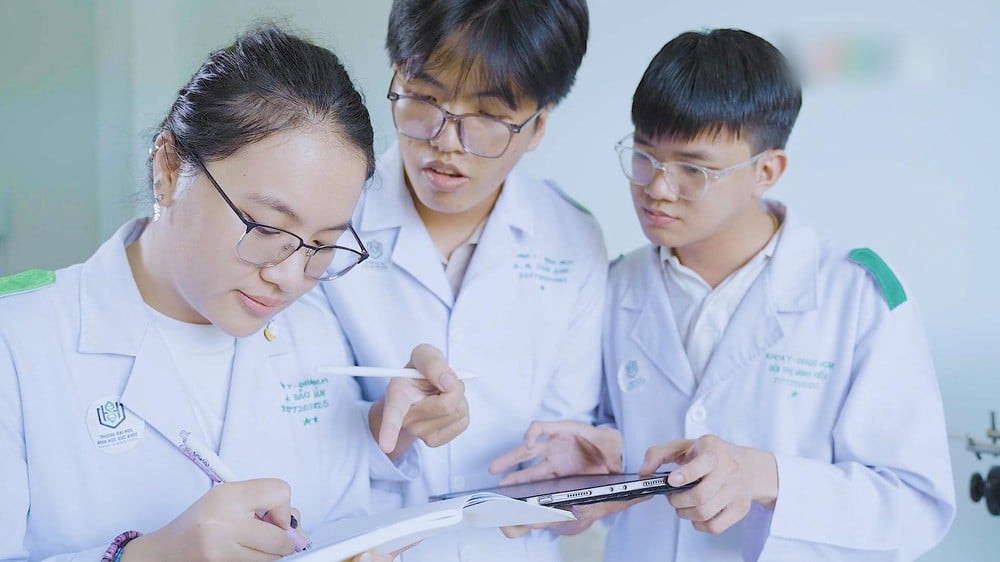
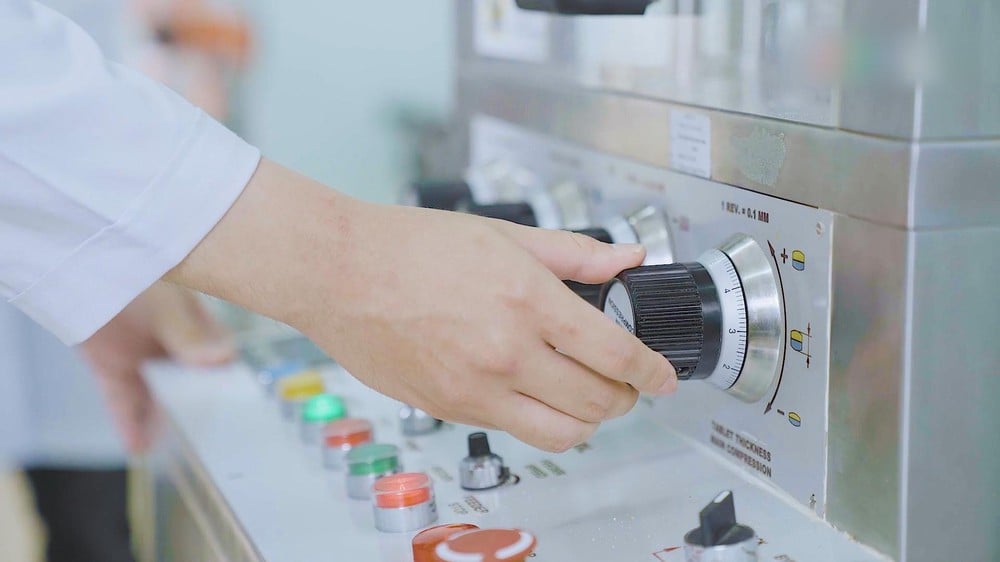
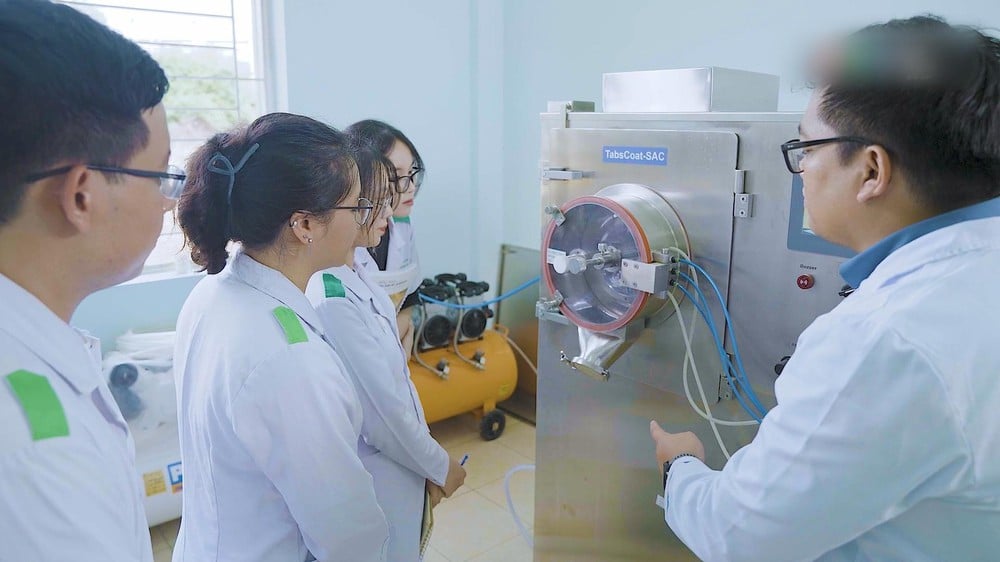
The VNU350 program was initially created to serve the development needs of VNU-HCM, however, this will be a model that will be replicated throughout the country in the new era.
The success of VNU350 is not only in the number of experts attracted, but also in the construction of policies that are truly "close" to the actual needs of those involved. In terms of flexibility and strategic vision, this will be a model that can be studied, even replicated for other local organizations across the country.

Rolling out the red carpet, Calling for talent - that is the request of General Secretary To Lam, assigning the Ministry of Home Affairs to preside over and coordinate with relevant ministries and branches to develop and promulgate mechanisms and policies to attract human resources and talents in the fields of science, technology, innovation and digital transformation both domestically and internationally, especially high-quality human resources in key technology industries such as: Artificial Intelligence (AI), Semiconductors, New Materials. In particular, the requirement is to attract at least 100 leading experts to work in the country.
According to experts, to attract talent, in addition to salary, we also need to create a favorable, open and knowledge-respecting working environment so that leading scientists have space for autonomy, space for development and space for contribution .
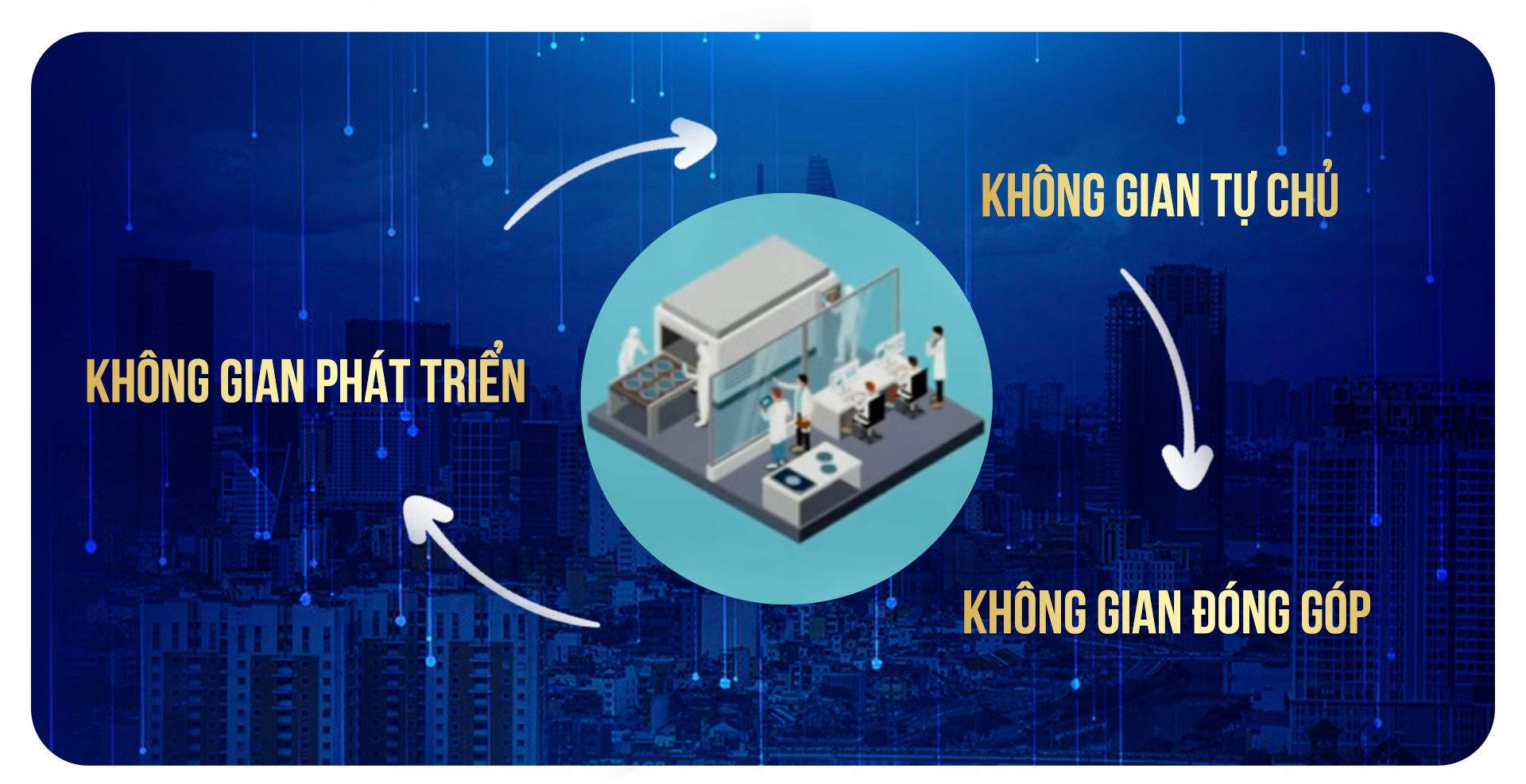
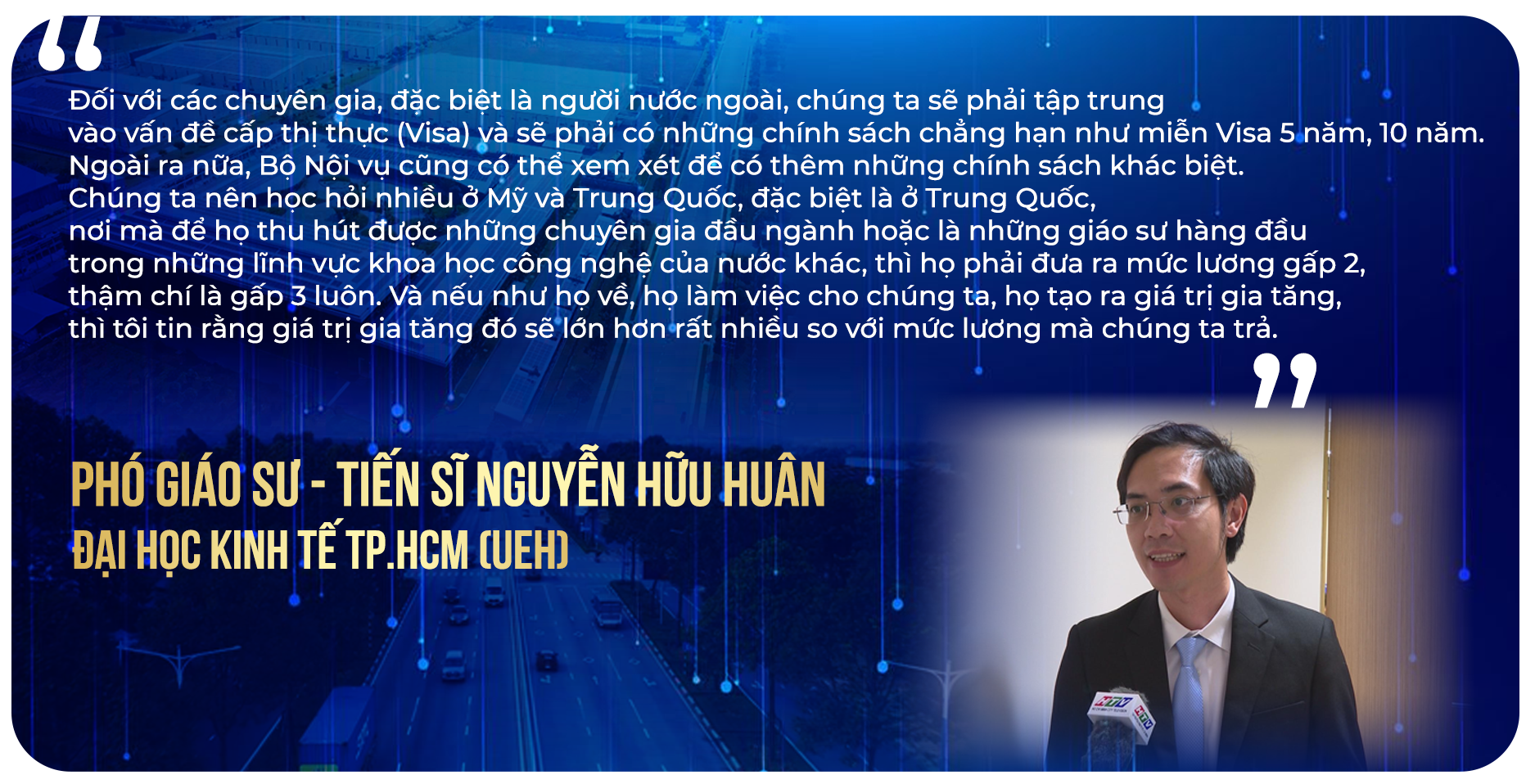
Regarding this issue, Associate Professor - Doctor Vu Hai Quan, Member of the Party Central Committee, Director of the National University, said that first of all, it is necessary to clarify what scientists will do and where they will do it when they return. Which scientific and technological units and organizations should be chosen so that scientists have a place to "show their skills" - that is, in the right field, in the right profession.
Next, we also need to create 3 spaces for them: Space for autonomy, space for development and space for them to contribute.
And finally, it is to meet needs that, according to Mr. Quan, are very "ordinary" such as: To have a place for the family, a job for the wife and a place for the children to study.
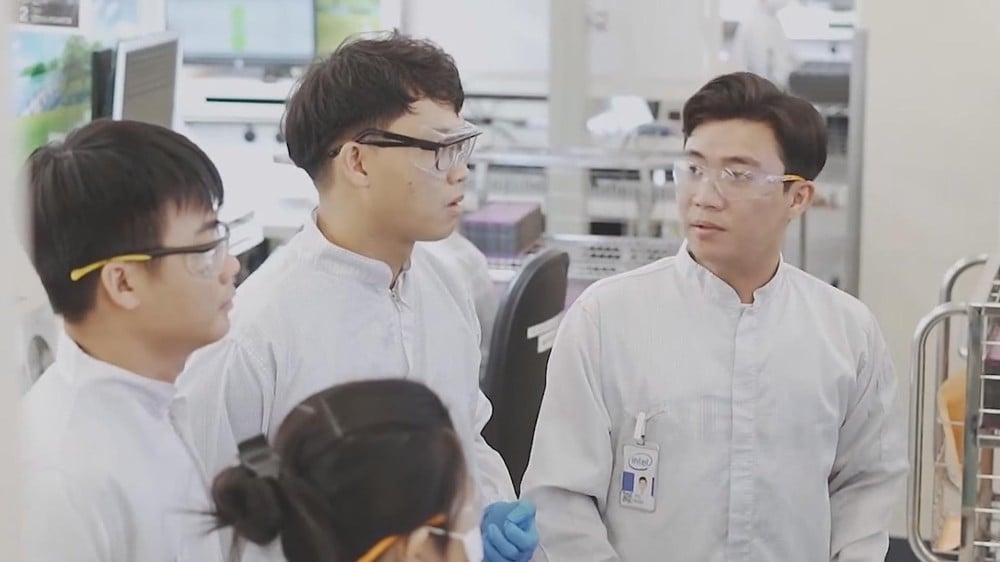
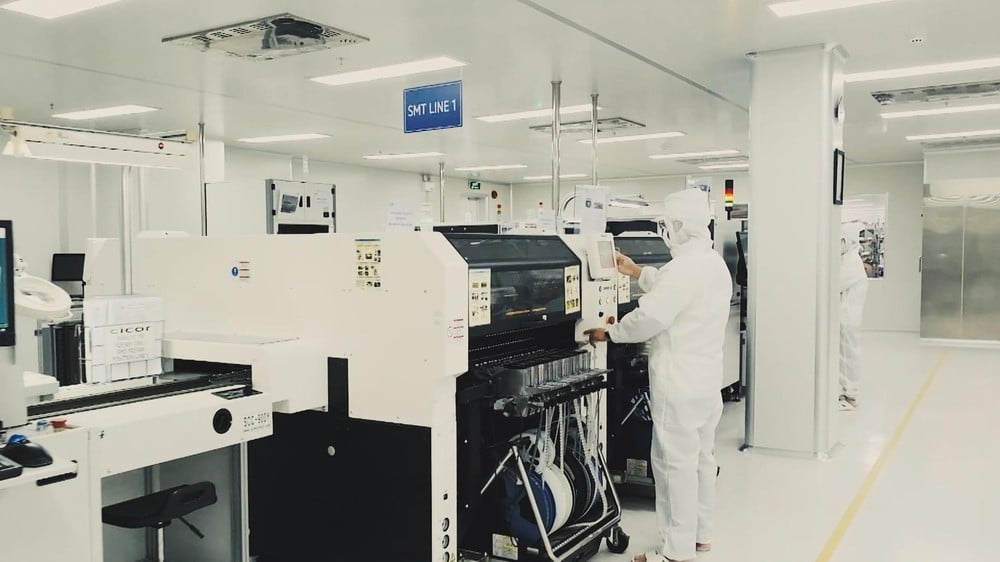
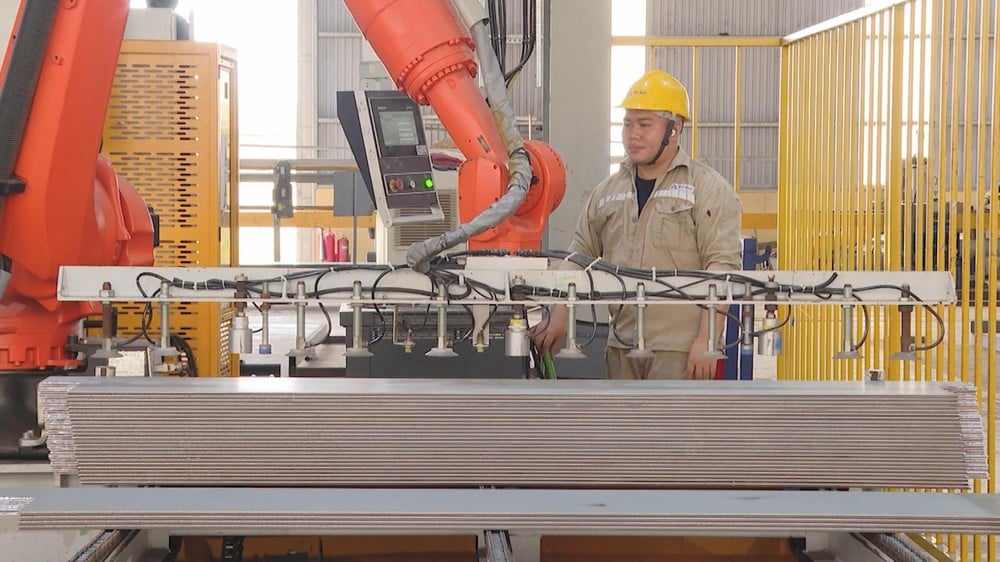
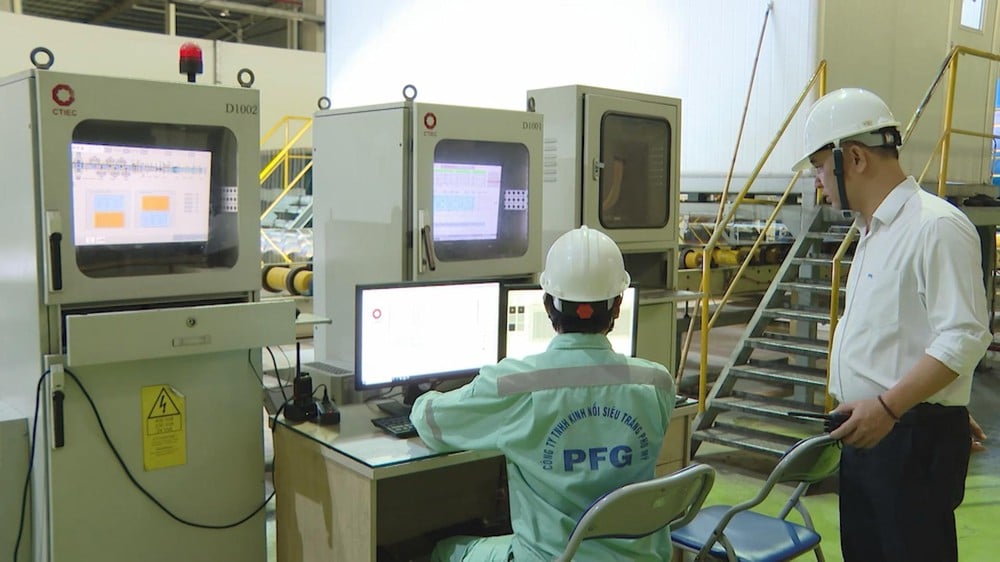
Strategically building comprehensive policies that meet multiple needs will create an "attractive point" for Ho Chi Minh City for leading scientists and experts to "join the army" of the City.
Also a member contributing to the sustainable development of high-quality human resources for VNU-HCM and the whole country, Dr. Truong Trung Kien (University of Natural Sciences, VNU-HCM) also believes that building an ideal environment and conditions to meet the needs of leading scientists and experts is very important to create attraction: " It is necessary to give lecturers and scientists the space for freedom, creativity and confidence to develop modern training programs, long-term research plans instead of focusing on short-term metrics."
"In addition, we also need to build a comprehensive support ecosystem. In addition to funding, I hope that policies need to build mechanisms to promote interdisciplinary cooperation and connections with businesses so that lecturers and scientists can focus on maximizing their teaching and research capacity.", Dr. Trung Kien added.
If we can solve these problems synchronously, then surely the top talents will be maximally supported to be able to contribute a lot, very effectively and very practically to the overall development of the country.

With its position as the economic "locomotive" of the whole country, Ho Chi Minh City is building larger strategies and orientations to become a "magnet" to attract talent. Especially, in the context of the new Ho Chi Minh City after the merger, which has expanded its boundaries, including the old Ba Ria - Vung Tau and Binh Duong provinces as it is now, attracting experts to the City is even more urgent.
In the new context, Ho Chi Minh City is no longer just a key economic center of the South but is becoming a "regional megacity" - a place where Processing Industry, Logistics, International Finance, High-tech Agriculture, Deep-water Power Ports and Smart Cities intersect.
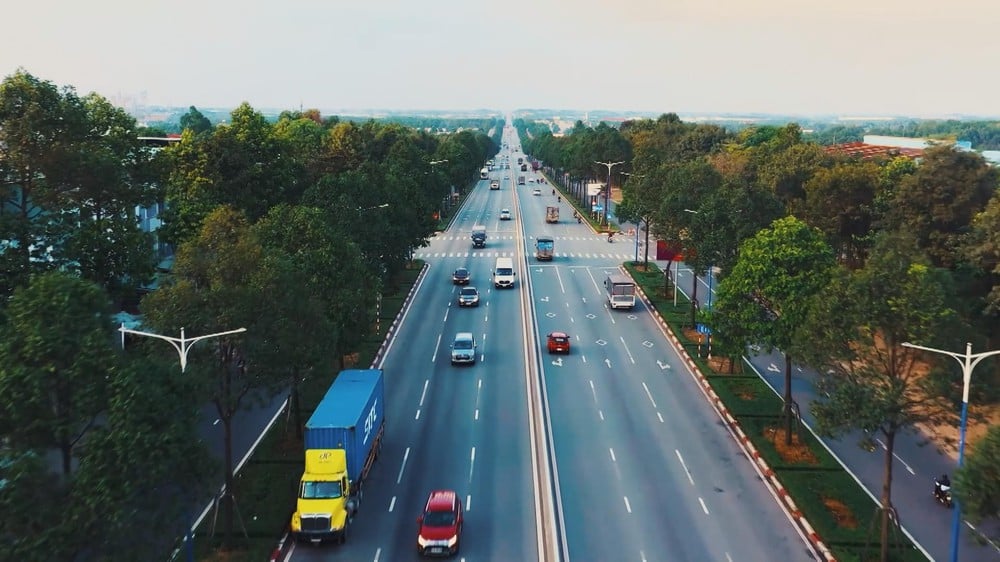
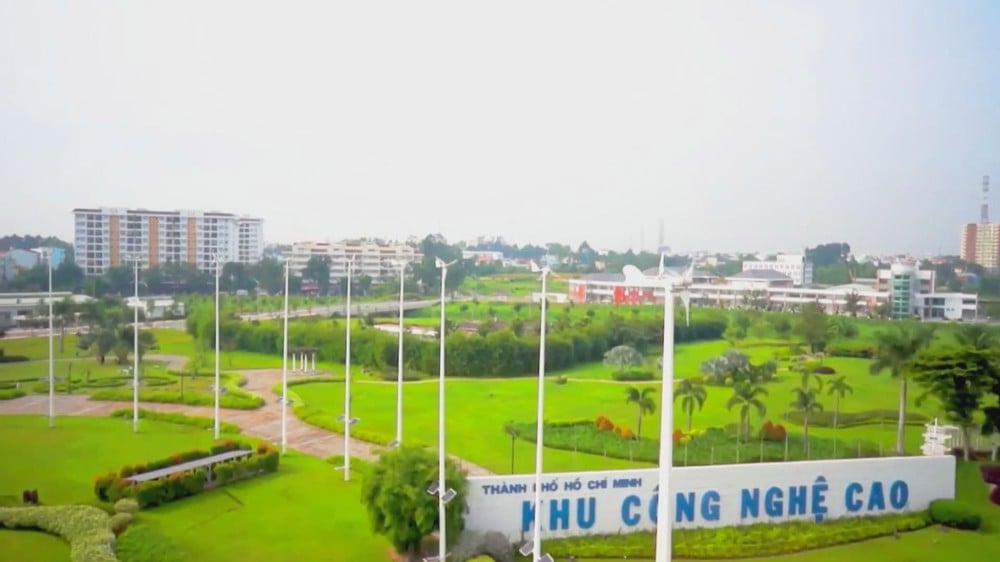
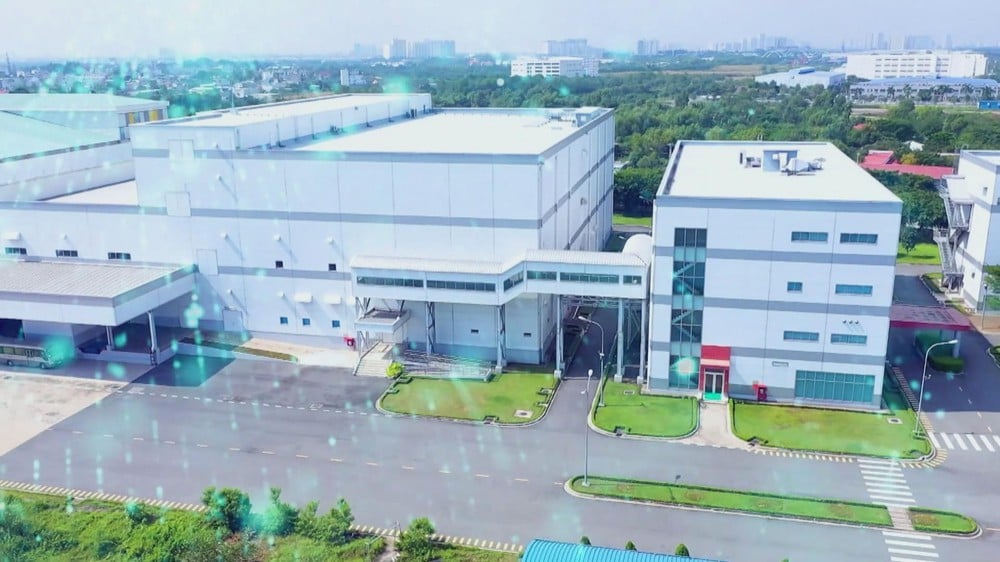
The new Ho Chi Minh City will bring with it many new expectations as well as greater new responsibilities.
Ho Chi Minh City is building innovation clusters, not only located in the old urban core but also spreading to the North - the industrial and high-tech area connecting with Binh Duong and spreading to the Southeast where it is connected with seaport services, clean energy and international logistics connecting with Ba Ria - Vung Tau. With the large development space of the new City as it is today, we really need an abundant source of high-quality human resources to keep up with the socio-economic development of the City.
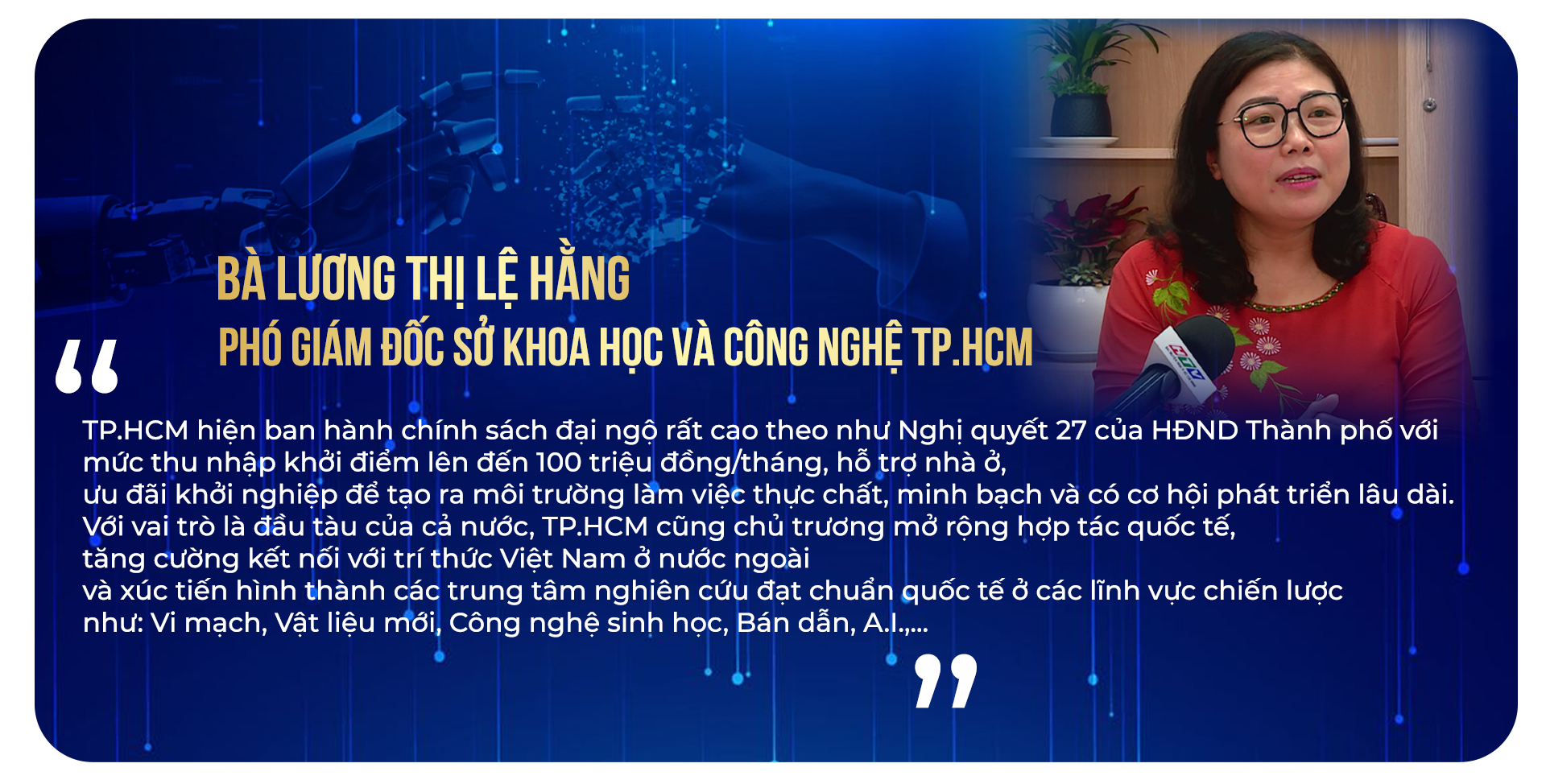
Not stopping there, Ho Chi Minh City is also implementing a Sandbox technology testing mechanism and reshaping industrial training and research ecosystems according to the triangular model: University, Enterprise, Government .
Here, experts can actually set up shop to lead national projects, transfer knowledge, and connect public-private resources.
With the above orientations, it is clear that Ho Chi Minh City not only attracts experts through policies but also through a "real" working environment - where they can turn ideas into reality, contributing to the sustainable development of the City.
With the guidance of Resolution 57, Ho Chi Minh City will create a science and technology, innovation, digital transformation ecosystem that is attractive, flexible and respectful of intellectuals so that experts not only come to work but also stay long-term. In addition, the synergy between the government, businesses and the scientific community with promising potential will be a dream that we can completely trust to make Ho Chi Minh City a place where experts find opportunities to shine and contribute in the future.
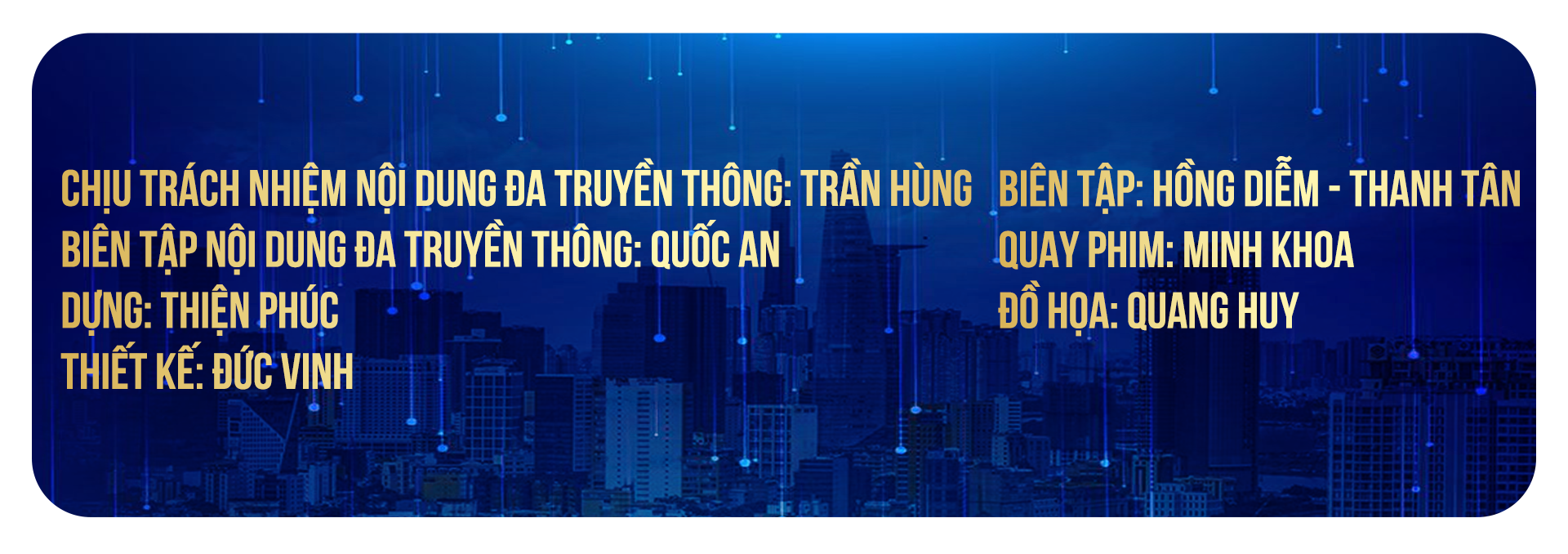
>>> Please watch HTV News at 8:00 p.m. and 24G World Program at 8:30 p.m. every day on HTV9 channel.
Source: https://htv.com.vn/viet-nam-quyet-tam-but-pha-trong-ky-nguyen-moi-bat-dau-tu-viec-xay-dung-nguon-nhan-luc-chat-luong-cao-222250731184536413.htm





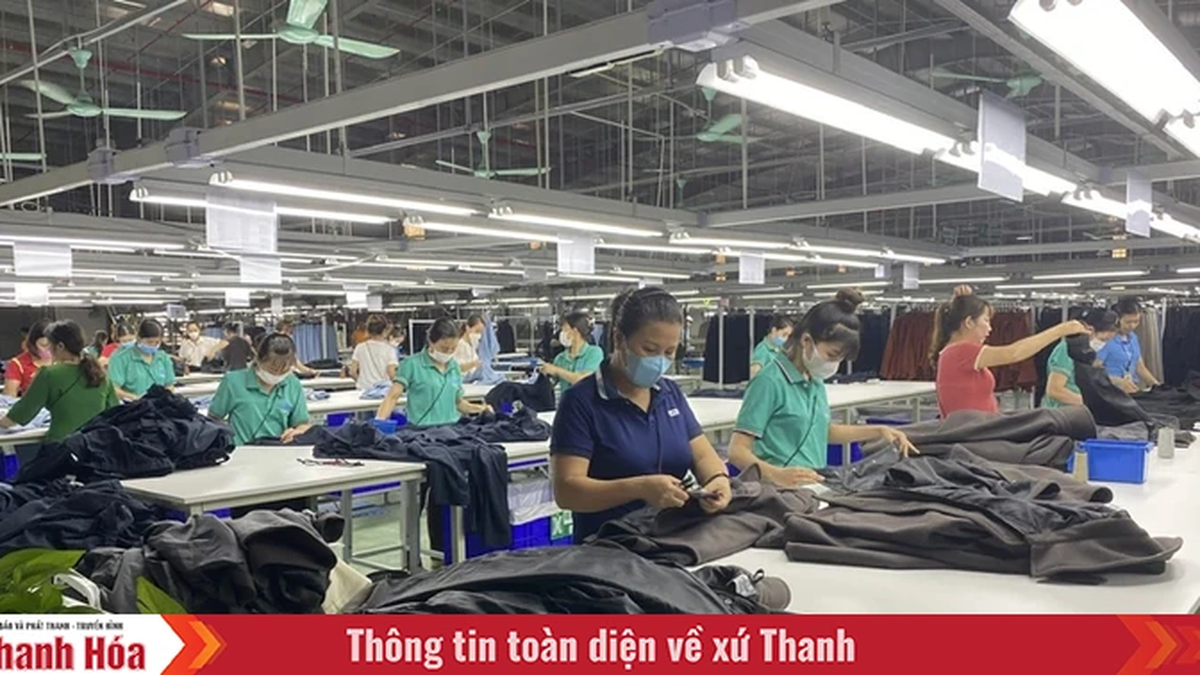

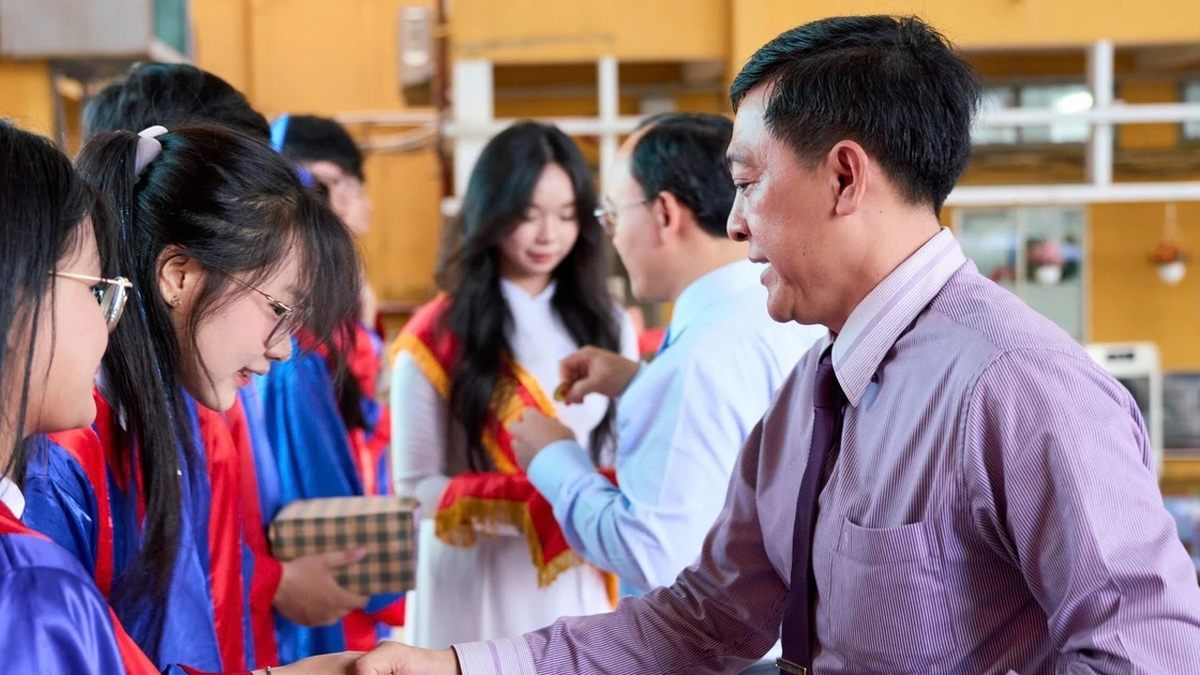


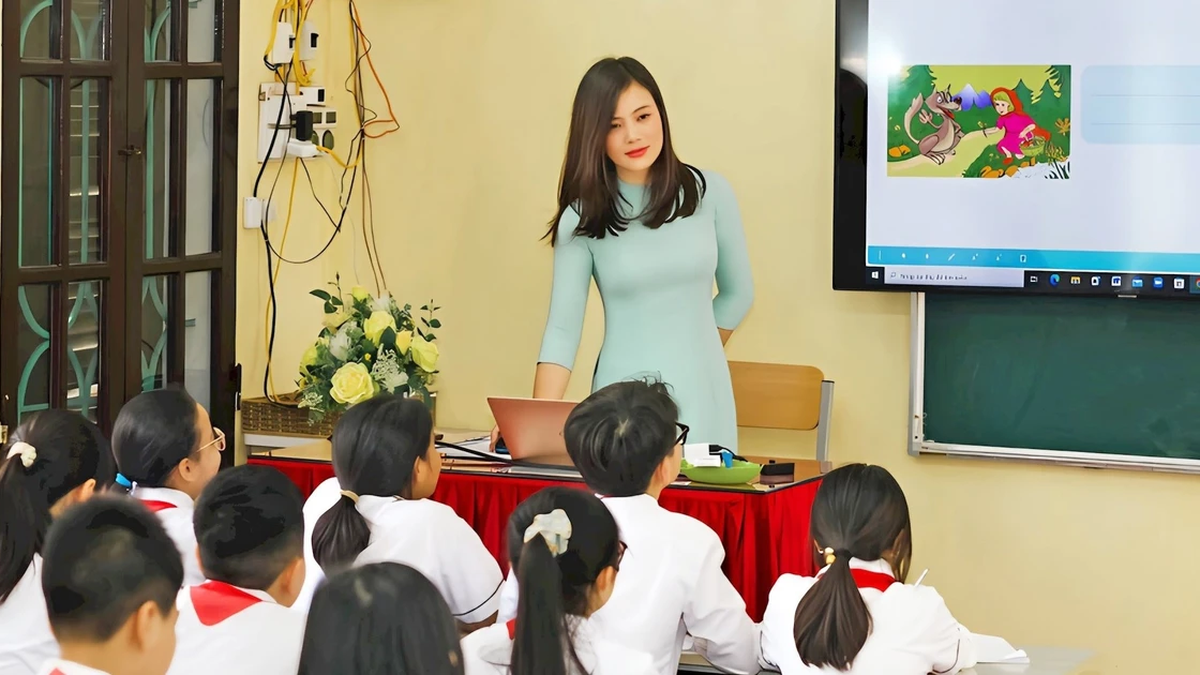
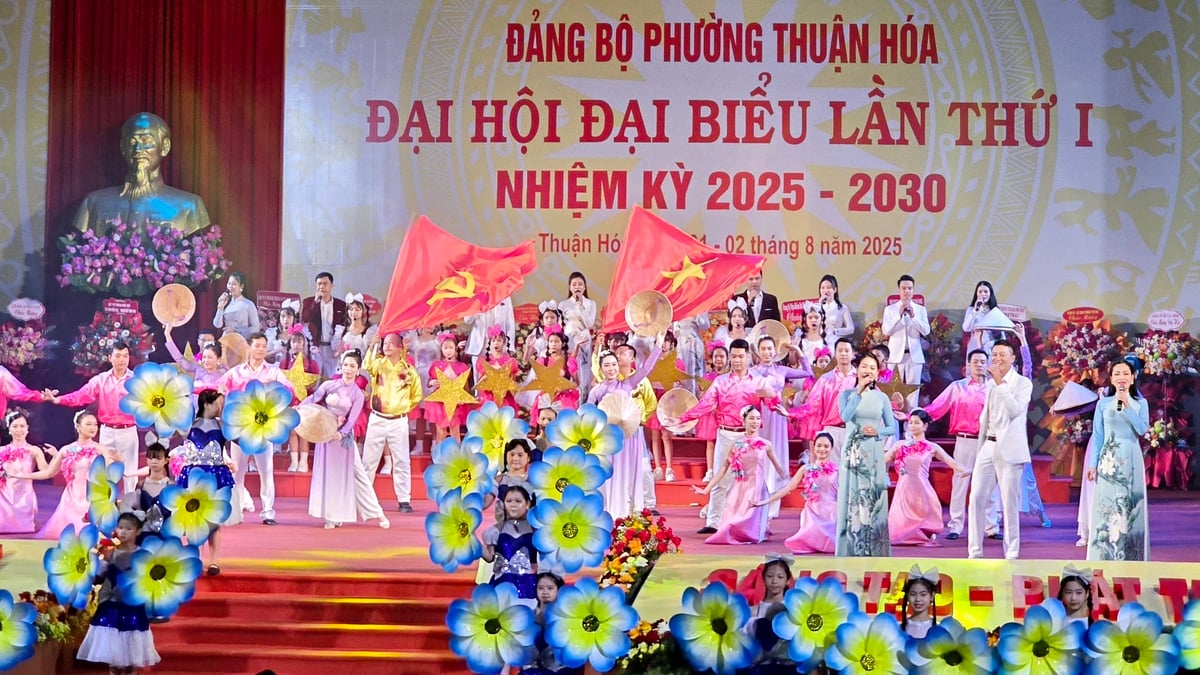


















































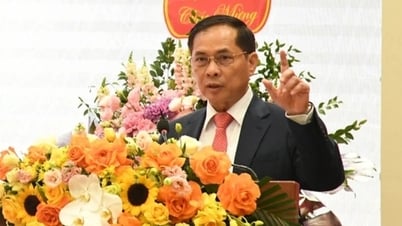





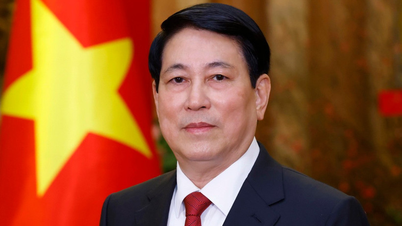
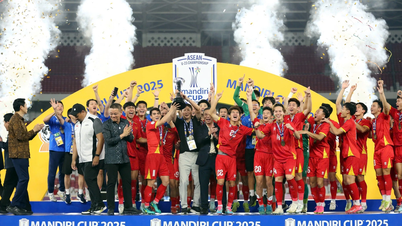
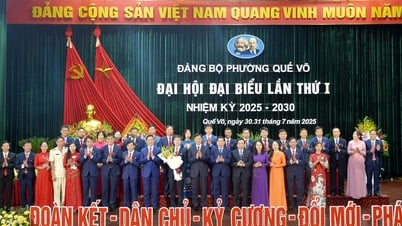

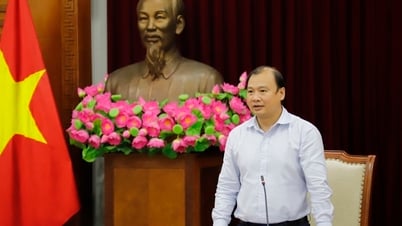

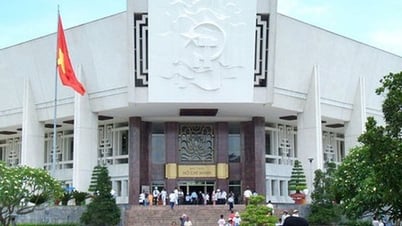



























Comment (0)